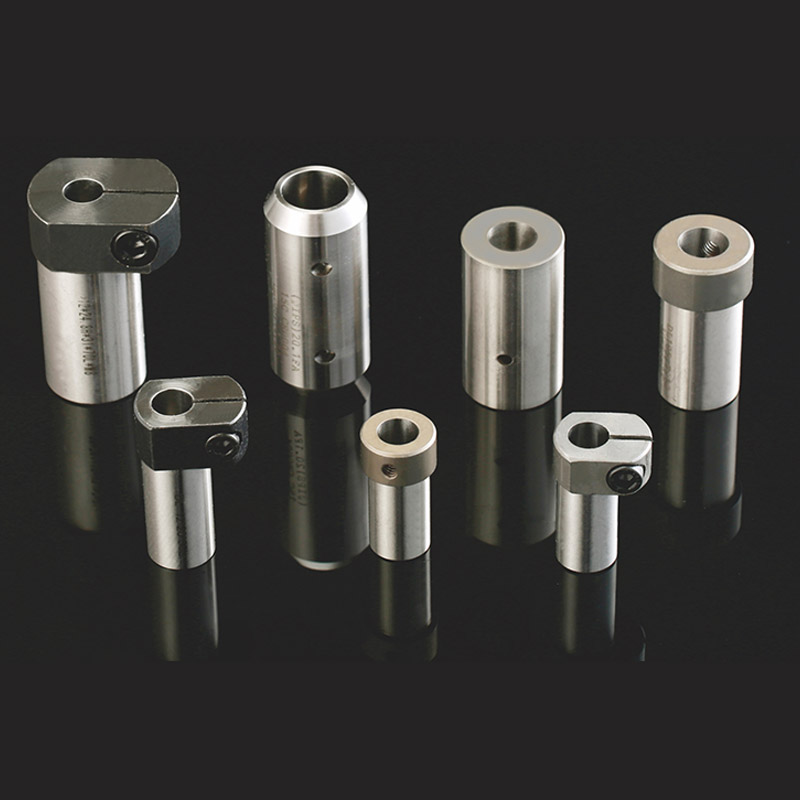Comprehensive Guide to Punch Cases: Features, Applications, and Maintenance
What is a Punch Case?
A punch case is a specialized protective enclosure designed to safeguard sensitive equipment from physical impacts, environmental factors, and operational stresses. These cases are engineered using advanced materials and construction techniques to meet rigorous industrial standards. Modern Punch Cases typically feature a high-density polyethylene (HDPE) or polycarbonate shell with Shore D hardness ratings between 75-85, providing exceptional durability while maintaining relatively lightweight properties (typically 30-40% lighter than equivalent metal cases).
Key technical specifications of premium Punch Cases include:
Impact resistance: Withstands drops from 1.5-2 meters onto concrete surfaces (tested per MIL-STD-810G)
Temperature tolerance: Operational range from -40°C to 85°C without material degradation
Waterproof rating: Typically IP67 or higher, capable of submersion to 1 meter for 30 minutes
Compression resistance: Can withstand 500-1000 kg of static load without deformation

Key Features of Punch Cases
Material Composition: Advanced punch cases utilize co-injected polypropylene with fiber reinforcement, achieving tensile strengths of 35-45 MPa while maintaining flexibility. The material formulation includes UV stabilizers that provide 5000+ hours of xenon arc weathering resistance without significant discoloration or embrittlement.
Structural Design: The monocoque construction incorporates 3-5 mm thick walls with strategically placed ribs that increase stiffness by 40-60% compared to flat-walled designs. The hinge systems are rated for 25,000+ cycles of opening/closing without failure, featuring stainless steel pins with a diameter of 5-8 mm.
Sealing Performance: High-end models employ dual-channel silicone gaskets with a compression ratio of 25-30%, creating a hermetic seal that prevents ingress of particulates down to 1 micron. Pressure equalization valves maintain internal pressure differentials below 0.1 psi during rapid altitude changes.
Applications of Punch Cases
Military and Defense: Punch cases protect sensitive electronic warfare systems that must operate in extreme environments. Field tests show they maintain functionality after exposure to 50 g mechanical shocks and 15-500 Hz random vibration spectra. Special EMI/RFI-shielded versions attenuate electromagnetic interference by 60-80 dB across the 10 MHz-10 GHz range.
Medical Equipment Transport: In healthcare applications, punch cases maintain internal temperatures within ±2°C of setpoints for 48+ hours using vacuum-insulated panels. Antimicrobial coatings reduce bacterial growth by 99.7% (per ASTM E2180), critical for sterile instrument transport.
Aerospace Applications: Aviation-grade punch cases feature FST (flame/smoke/toxicity) compliant materials that meet FAA 25.853 requirements. They withstand 9 kPa pressure differentials at 8,000 ft cabin altitude while maintaining seal integrity.
Industrial monitoring systems utilize punch cases with:
Conformal coatings that resist 95% RH condensing environments
Chemical resistance to 300+ industrial solvents (per ISO 2812-1)
Static dissipative properties (10^6-10^9 ohms surface resistance) for electronics protection
Maintenance Procedures
Cleaning Protocol: For optimal performance, clean punch cases every 3-6 months using pH-neutral cleaners (pH 6.5-7.5). Avoid abrasive materials that could damage surface finishes - microfiber cloths with a <200 GSM weight are recommended. After saltwater exposure, rinse with deionized water within 24 hours to prevent corrosion.
Gasket Maintenance: Inspect sealing surfaces quarterly, applying silicone-based lubricants (viscosity 350-500 cSt) to maintain flexibility. Replace gaskets when compression set exceeds 15% of original thickness. Torque hinges to 0.6-1.2 Nm using calibrated tools to prevent overtightening.
Structural Inspection: Perform annual dimensional checks using ±0.02 mm precision gauges. Monitor for stress whitening in high-impact zones - if surface cracks exceed 0.5 mm depth, consider case replacement. For UV-exposed units, measure yellowness index (YI) annually; replace if YI exceeds 15 per ASTM D1925.
Storage Conditions: When not in use, store punch cases at 15-25°C with 30-50% RH. Keep latches in the open position to prevent gasket compression set. For extended storage (>6 months), place desiccant packs inside to maintain humidity below 20% RH.











